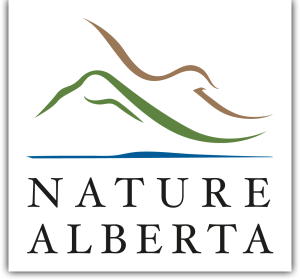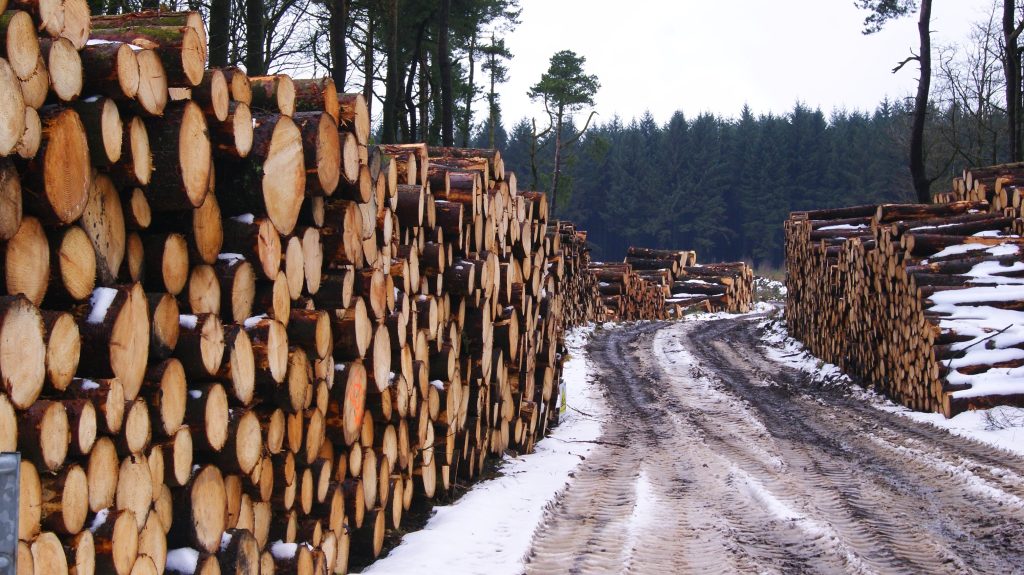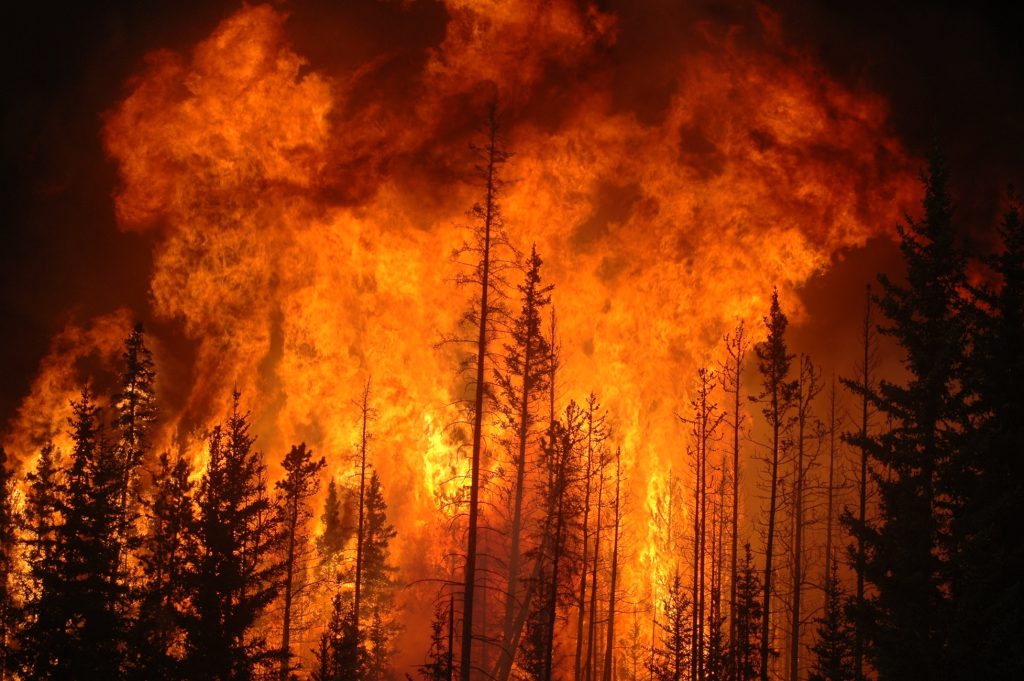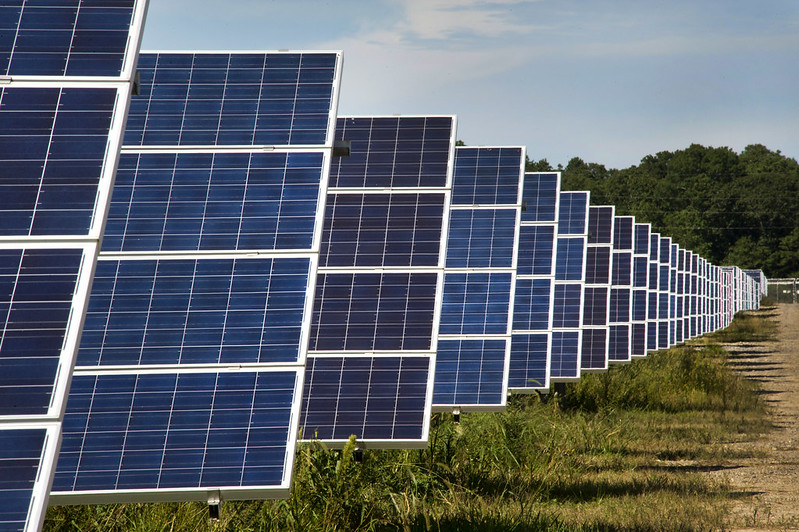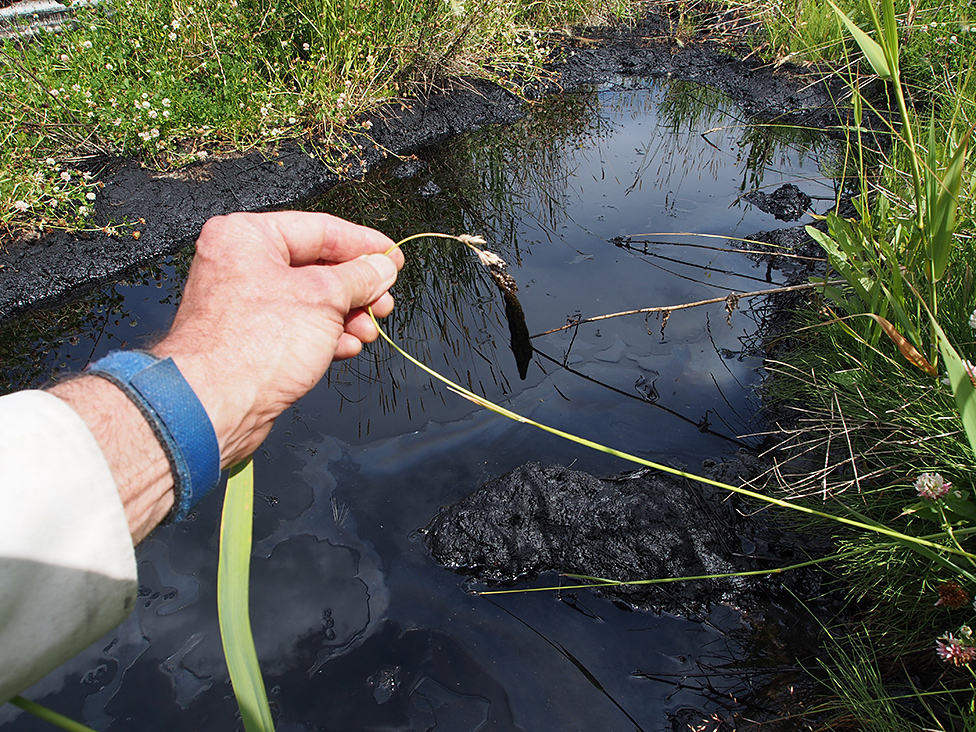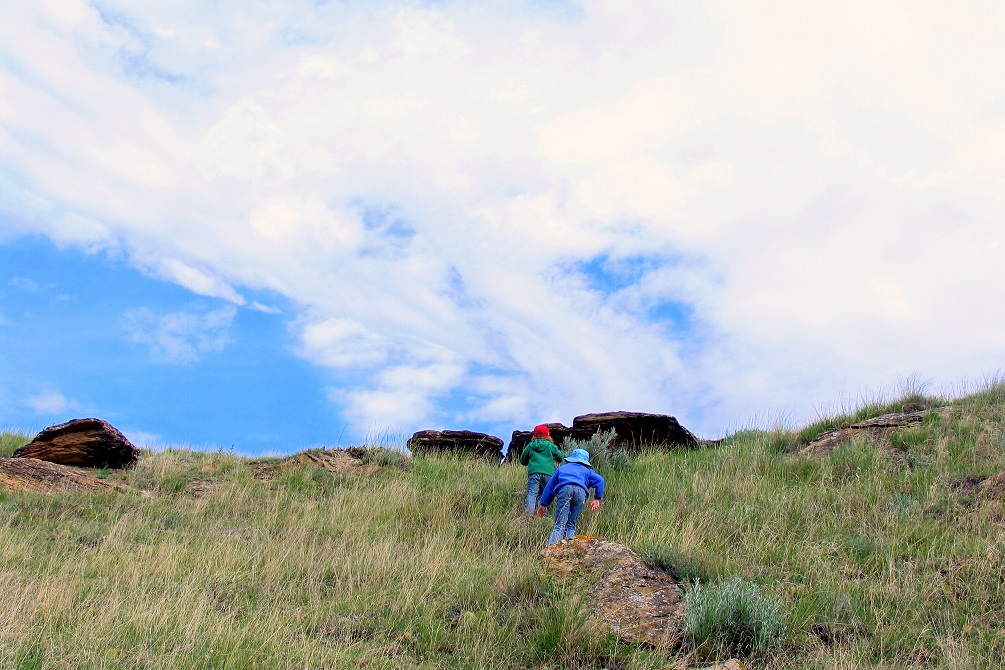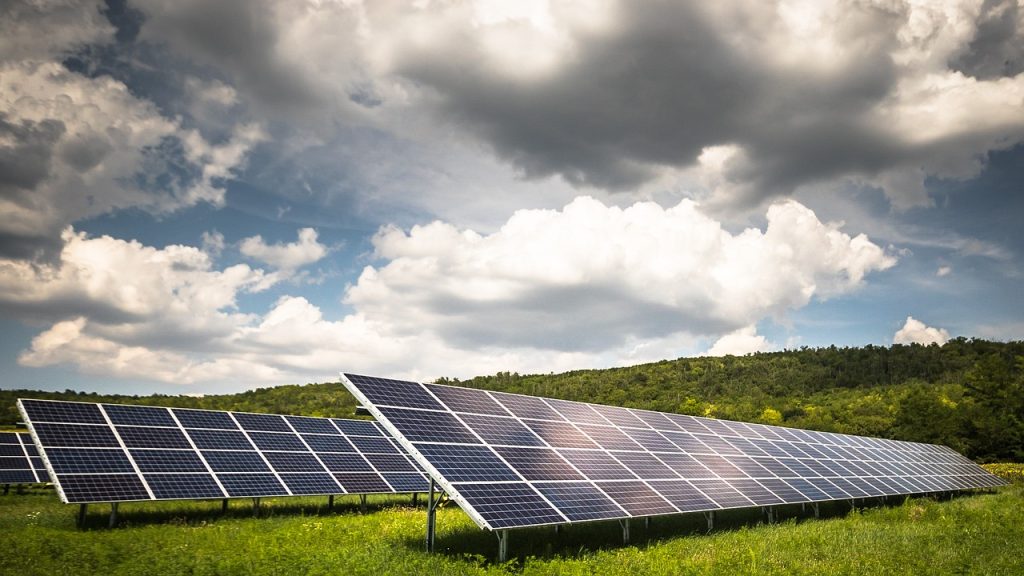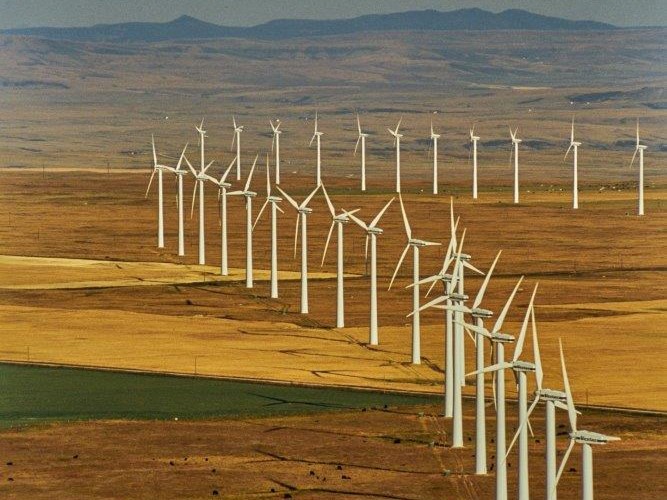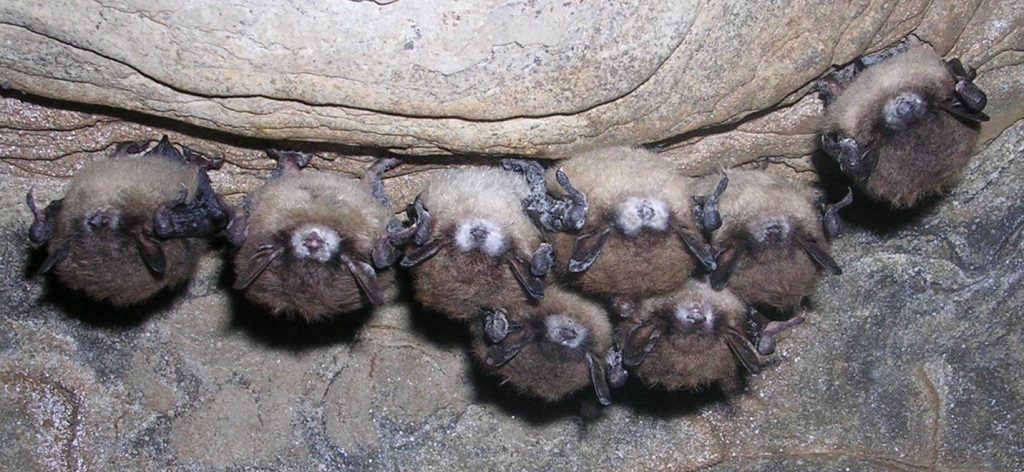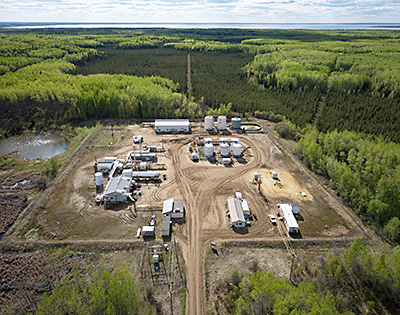Homepage Conservation
Four Ways to Help Your Backyard Birds
BY STEPHANIE WEIZENBACH
Four practical tips to create a safe and welcoming space for urban birds in your own backyard.
Read MoreThe Impacts of Impact Assessment
The status of impact assessment in Alberta — in terms of environmental protection, where do we stand?
Read MoreThe Changing Role of Forest Fire in a Warming Climate
Explore the changing role of forest fire in a warming climate. What does the future hold, and how can we respond?
Read MoreRenewable Energy: Proceed But With Caution
The Alberta government recently put a pause on renewable energy projects, exposing critical gaps in our system of land-use planning. Nature Alberta strongly supports efforts to reduce carbon emissions through increased renewable energy development. But we need to do a better job of planning renewable energy projects and where they are placed on the landscape.
Read MoreHiding in Plain Sight: The Legacy of Fossil Fuel Industry Disturbances
BY KEVIN P. TIMONEY
The legacy of fossil fuel landscape disturbance is pervasive in Alberta. Municipalities and individual homeowners are finding themselves living alongside contaminated sites, which at first glance may have appeared nice and green. Learn to spot the signs of contamination…
Read MoreFreedom to Roam
BY RICHARD SCHNEIDER
What if people were allowed to walk through and explore undeveloped landscapes wherever and whenever they chose? And what if this was considered a basic human right with deep cultural roots and wide public support?
Read MoreConservation Trade-offs
BY RICHARD SCHNEIDER
Between a Rock and a Hard Place: Situations where conservation objectives are themselves in conflict are challenging for conservationists to grapple with and lead to divisions within the conservation community.
Does Going Green Put Wildlife in the Red?
BY LORNE FITCH
There is no question we need to transition from fossil fuels to alternate energy sources. It’s hard to find a species in Alberta not affected by climate change. But we shouldn’t be blind to the issues renewable energy solutions can cause to wildlife and their habitats.
Deadly Fungus Adds to Bat Conservation Concerns
BY CORY OLSON
While bats have a remarkable ability to manage energy reserves, only a few can withstand the devastating impacts of white-nose syndrome (WNS), a disease caused by a fungus, Pseudogymnoascus destructans, that grows on bats during hibernation, which will lead to more frequent arousals during the winter, depletion of energy stores, and eventual starvation.
Read MoreHow Do UCP Environmental Policies Stack Up?
BY RICHARD SCHNEIDER
One thing almost all Albertans will agree on is that it’s important to take good care of our environment, both for our own well-being and for the generations that will follow. So how are we doing on the environmental protection front? In this article we will review how past and present governments have sought to balance resource development with environmental protection.
Read More